Home>Furniture & Design>Outdoor Furniture>How To Keep Outdoor Concrete From Sweating
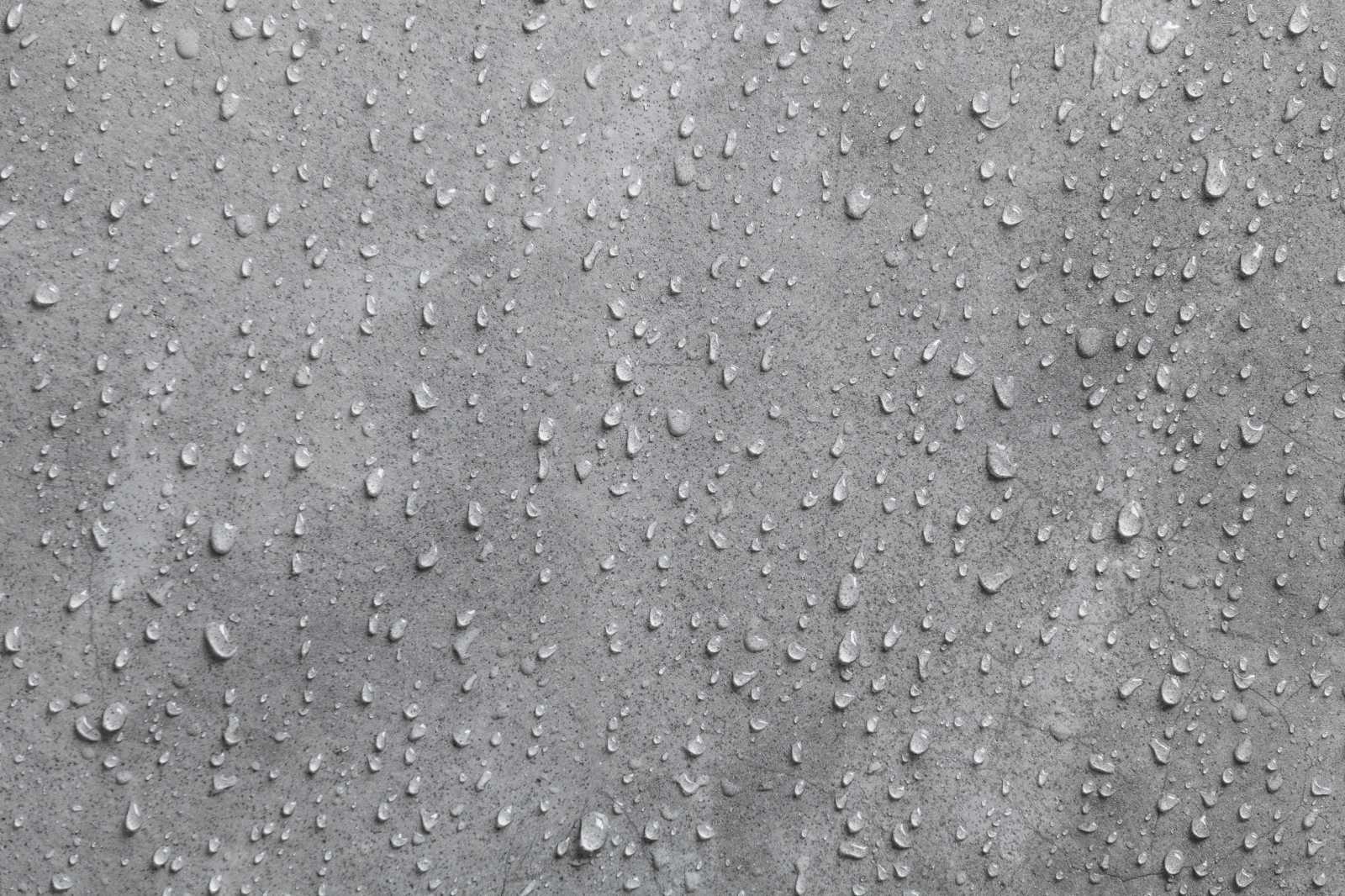

Outdoor Furniture
How To Keep Outdoor Concrete From Sweating
Published: January 16, 2024
Learn how to prevent outdoor concrete from sweating with our expert tips and solutions. Protect your outdoor furniture and design from moisture and damage.
(Many of the links in this article redirect to a specific reviewed product. Your purchase of these products through affiliate links helps to generate commission for Storables.com, at no extra cost. Learn more)
Introduction
Welcome to the world of outdoor living! Whether you have a sprawling backyard, a cozy patio, or a charming balcony, outdoor spaces are meant to be enjoyed to the fullest. The allure of outdoor furniture and design is undeniable, as it effortlessly merges functionality with aesthetic appeal. However, when it comes to outdoor concrete surfaces, one common issue that can dampen the experience is sweating.
Imagine this: you've meticulously designed your outdoor area, carefully selecting the perfect furniture pieces, and adorning the space with decorative elements. Yet, when you step outside on a warm, humid day, you notice beads of moisture forming on your concrete surfaces. This phenomenon, known as outdoor concrete sweating, can be a source of frustration for many homeowners and outdoor enthusiasts.
In this article, we'll delve into the intricacies of outdoor concrete sweating, exploring its underlying causes and the potential solutions to combat this pesky problem. By gaining a deeper understanding of this issue and discovering effective preventive measures, you can ensure that your outdoor concrete surfaces remain pristine and inviting, allowing you to relish every moment spent in your outdoor oasis. So, let's embark on this journey to uncover the secrets of keeping outdoor concrete from sweating, empowering you to make the most of your outdoor living space.
Key Takeaways:
- Say goodbye to outdoor concrete sweating by sealing surfaces, improving ventilation, and controlling the environment. Enjoy your outdoor oasis without the frustration of moisture accumulation.
- Combat outdoor concrete sweating with strategic furniture placement, proper drainage, and proactive measures. Keep your outdoor space pristine and free from moisture-related concerns.
Read more: How To Keep Outdoor Curtains From Blowing
Understanding Outdoor Concrete Sweating
Before delving into the causes and solutions, it’s essential to grasp the concept of outdoor concrete sweating. This phenomenon occurs when moisture accumulates on the surface of concrete, resulting in the formation of visible droplets or beads of water. You might notice this on your outdoor concrete furniture, countertops, or flooring, especially during periods of high humidity or drastic temperature changes.
Outdoor concrete sweating is not only a visual nuisance but can also lead to potential issues such as water damage, mold growth, and the degradation of concrete surfaces over time. Understanding the factors that contribute to this occurrence is pivotal in effectively addressing and preventing it.
Furthermore, it’s important to distinguish outdoor concrete sweating from other forms of moisture-related problems, such as concrete seepage or condensation. While concrete seepage involves water penetrating through the concrete due to cracks or porous surfaces, and condensation occurs when warm, moist air comes into contact with cooler concrete surfaces, outdoor concrete sweating specifically pertains to the visible moisture that forms on the exterior of the concrete.
By comprehending the nature of outdoor concrete sweating, you can approach the issue with clarity and precision, paving the way for targeted solutions that align with the unique characteristics of this phenomenon. Now that we’ve established a foundational understanding, let’s delve deeper into the causes behind outdoor concrete sweating and explore effective strategies for mitigating this common concern.
Causes of Outdoor Concrete Sweating
The occurrence of outdoor concrete sweating can be attributed to various factors, each playing a distinct role in the manifestation of this phenomenon. Understanding these underlying causes is instrumental in devising effective strategies to prevent and address outdoor concrete sweating.
- Humidity: High levels of humidity in the surrounding environment significantly contribute to outdoor concrete sweating. When the air is saturated with moisture, the likelihood of condensation forming on cooler surfaces, such as concrete, increases. This can be particularly prevalent during warm, humid seasons or in regions with a tropical climate.
- Temperature Fluctuations: Rapid changes in temperature, especially when transitioning from cooler to warmer conditions, can trigger outdoor concrete sweating. As the concrete surface adjusts to the shift in temperature, moisture present in the air can condense on the cooler concrete, leading to the formation of droplets.
- Poor Ventilation: Inadequate airflow and ventilation around outdoor concrete surfaces can exacerbate sweating. Without proper air circulation, moisture becomes trapped near the concrete, creating an environment conducive to condensation and subsequent sweating.
- Proximity to Water Sources: Concrete surfaces in close proximity to water features, such as pools, fountains, or irrigation systems, are more susceptible to sweating. The presence of water vapor in the air near these sources can enhance the likelihood of moisture accumulation on the concrete.
- Surface Porosity: The porosity of the concrete surface can influence sweating. Highly porous concrete, especially if it has not been adequately sealed or treated, is more prone to trapping moisture and exhibiting sweating behavior.
By recognizing these contributing factors, you can gain insight into the specific conditions that foster outdoor concrete sweating. This awareness serves as the foundation for implementing targeted solutions to mitigate the impact of these causes and uphold the integrity of your outdoor concrete surfaces. Now, let’s explore effective strategies and preventive measures to combat outdoor concrete sweating and preserve the allure of your outdoor living space.
To keep outdoor concrete from sweating, apply a breathable concrete sealer to prevent moisture buildup. This will help to reduce the risk of slippery surfaces and potential damage to the concrete.
Solutions for Preventing Outdoor Concrete Sweating
Addressing outdoor concrete sweating involves a multifaceted approach that encompasses proactive measures to mitigate the impact of contributing factors. By implementing targeted solutions, you can effectively prevent and minimize the occurrence of sweating, preserving the visual appeal and structural integrity of your outdoor concrete surfaces.
- Sealing and Waterproofing: Applying a high-quality concrete sealer specifically designed for outdoor use can help reduce the porosity of the concrete surface, minimizing the potential for moisture absorption and subsequent sweating. Additionally, waterproofing products can provide an extra layer of protection against moisture intrusion, safeguarding the concrete from the effects of high humidity and temperature fluctuations.
- Enhanced Ventilation: Improving the airflow and ventilation around outdoor concrete surfaces can diminish the likelihood of sweating. Strategic placement of fans, the addition of latticework or trellises to promote air movement, and ensuring adequate spacing between furniture and concrete can all contribute to better ventilation, reducing the accumulation of moisture on the surfaces.
- Controlled Environment: Creating a more controlled environment by utilizing shade structures, such as pergolas or umbrellas, can help regulate the temperature of outdoor spaces, minimizing abrupt temperature fluctuations that trigger sweating. This approach also provides protection from direct sunlight, which can contribute to rapid temperature changes on concrete surfaces.
- Proper Drainage: Ensuring efficient drainage systems for outdoor areas can prevent water accumulation near concrete surfaces, reducing the potential for moisture to contribute to sweating. Clearing debris from gutters, installing proper slope gradients, and utilizing permeable paving materials can all aid in managing water flow and minimizing excess moisture in the vicinity of concrete surfaces.
- Strategic Placement of Furniture: Thoughtful placement of outdoor furniture to allow for adequate airflow and minimize direct contact with concrete surfaces can help mitigate sweating. Using furniture pads or coasters to elevate items slightly above the concrete can facilitate airflow and reduce the transfer of moisture to the surfaces.
By incorporating these solutions into your outdoor living space, you can proactively combat outdoor concrete sweating, fostering an environment where your concrete surfaces remain pristine and free from the effects of moisture accumulation. These measures not only address the root causes of sweating but also contribute to the overall maintenance and longevity of your outdoor furniture and design elements.
With a comprehensive understanding of the causes and effective solutions for preventing outdoor concrete sweating, you are equipped to elevate your outdoor living experience, ensuring that your concrete surfaces exude enduring beauty and functionality. By implementing these strategies, you can savor the serenity of your outdoor sanctuary without the intrusion of unwelcome moisture-related concerns.
Conclusion
As we conclude our exploration of outdoor concrete sweating, it’s evident that this phenomenon, while common, can be effectively addressed through informed strategies and proactive measures. By comprehending the underlying causes and implementing targeted solutions, you can safeguard your outdoor concrete surfaces from the effects of moisture accumulation, preserving their visual appeal and structural integrity.
Outdoor living spaces hold immense potential for relaxation, entertainment, and aesthetic enjoyment. Whether you envision tranquil evenings lounging on stylish outdoor furniture or hosting vibrant gatherings in a thoughtfully designed patio setting, the allure of outdoor furniture and design is undeniable. However, the presence of outdoor concrete sweating can detract from the overall experience, prompting the need for proactive intervention.
By leveraging the power of concrete sealers, waterproofing products, enhanced ventilation, and strategic environmental control, you can curtail the impact of humidity, temperature fluctuations, and poor drainage on your outdoor concrete surfaces. These measures not only mitigate the occurrence of sweating but also contribute to the long-term maintenance and resilience of your outdoor living space, enabling you to revel in its charm and functionality year-round.
As you embark on the journey of enhancing your outdoor oasis, remember that the prevention of outdoor concrete sweating is within your reach. With a blend of thoughtful design considerations, strategic maintenance practices, and the application of targeted solutions, you can create an environment where outdoor concrete surfaces remain free from the encumbrance of moisture-related concerns.
So, go ahead and infuse your outdoor space with your unique style and personality, knowing that the resilience and allure of your concrete surfaces are bolstered by your proactive approach to preventing sweating. Embrace the transformative power of informed solutions, and revel in the beauty of your outdoor living space, where every moment is an invitation to bask in the harmony of nature and design.
With these insights and strategies at your disposal, you can embark on a journey of outdoor living where the allure of outdoor furniture and design is harmoniously preserved, free from the intrusion of outdoor concrete sweating. Let your outdoor sanctuary embody the epitome of style, comfort, and enduring elegance, where every element, from the furniture to the concrete surfaces, seamlessly coalesces to create an enchanting haven for relaxation and rejuvenation.
Frequently Asked Questions about How To Keep Outdoor Concrete From Sweating
Was this page helpful?
At Storables.com, we guarantee accurate and reliable information. Our content, validated by Expert Board Contributors, is crafted following stringent Editorial Policies. We're committed to providing you with well-researched, expert-backed insights for all your informational needs.
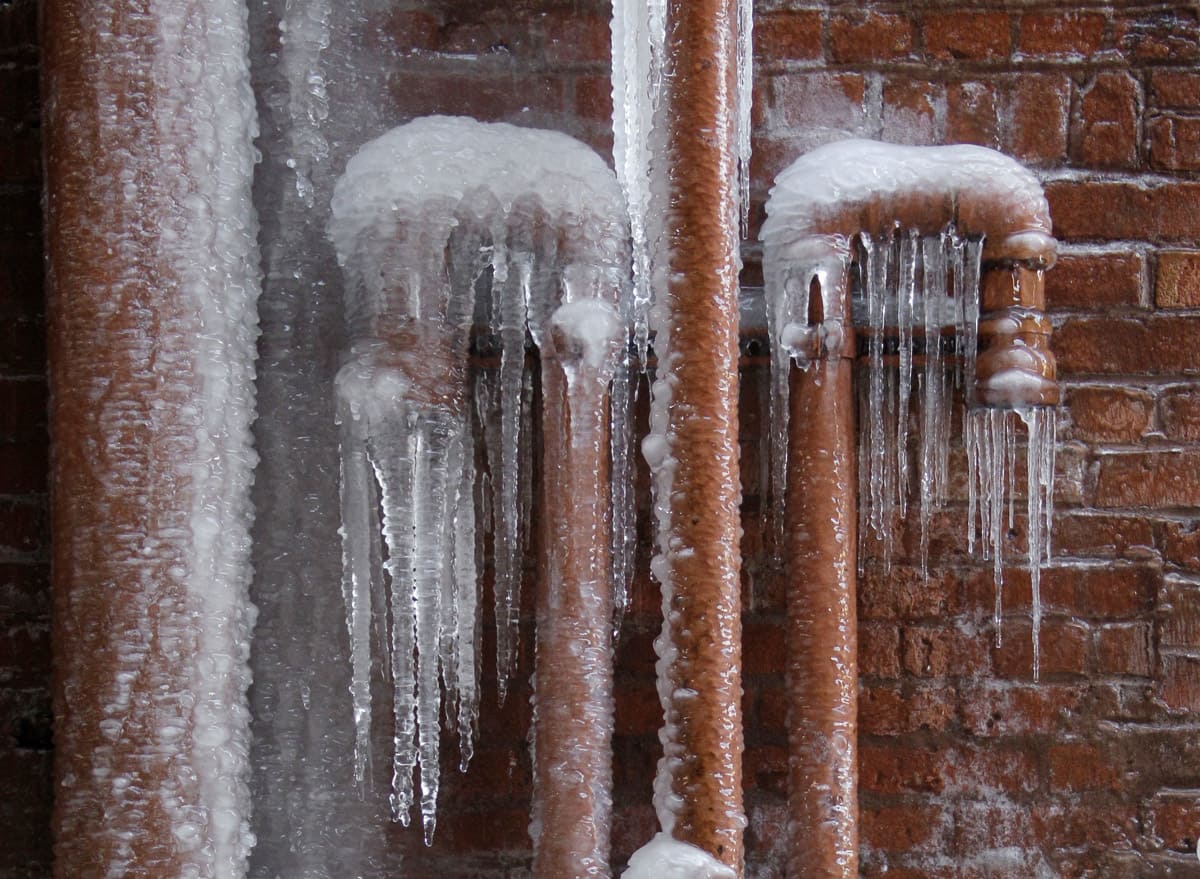
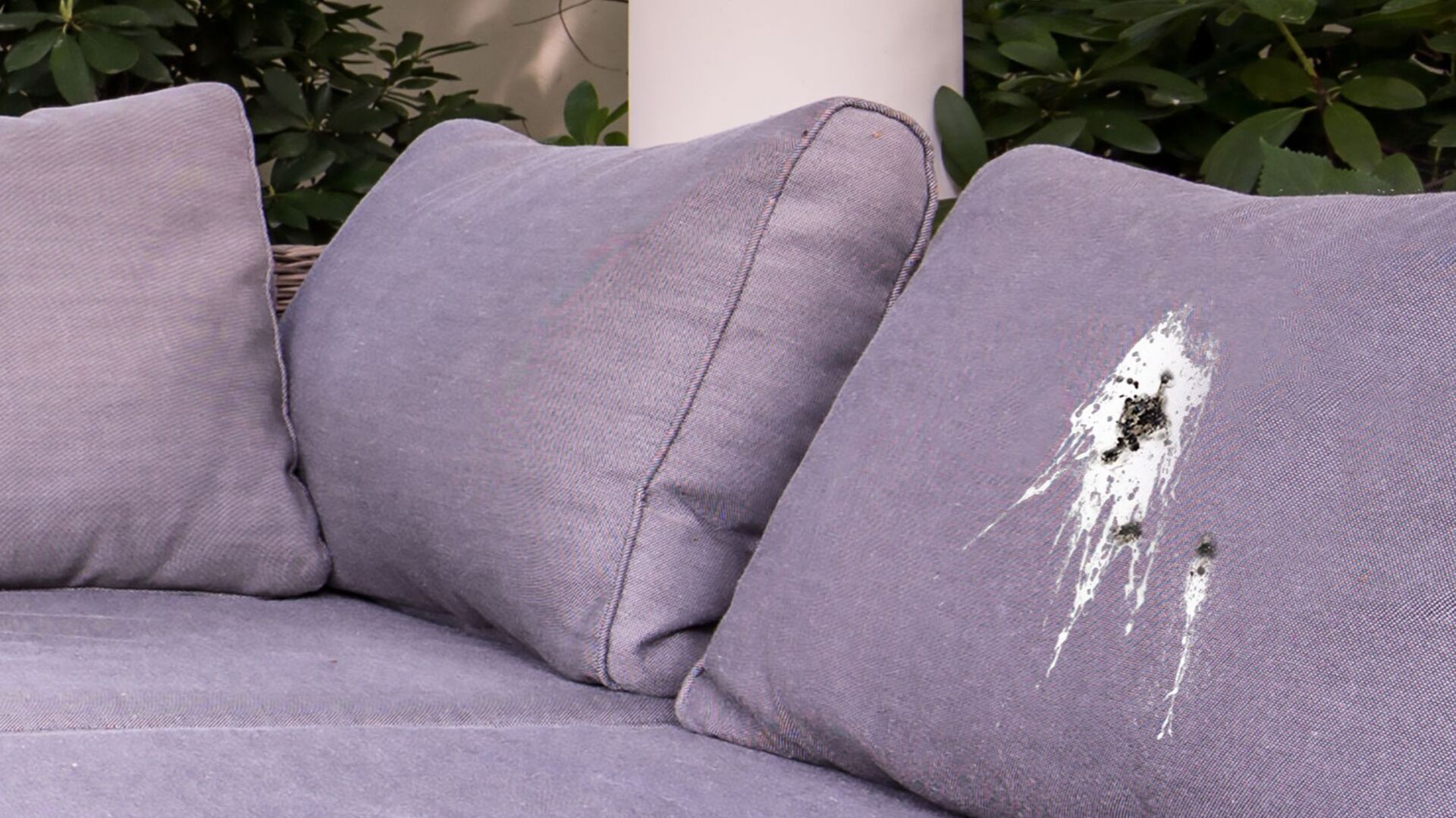
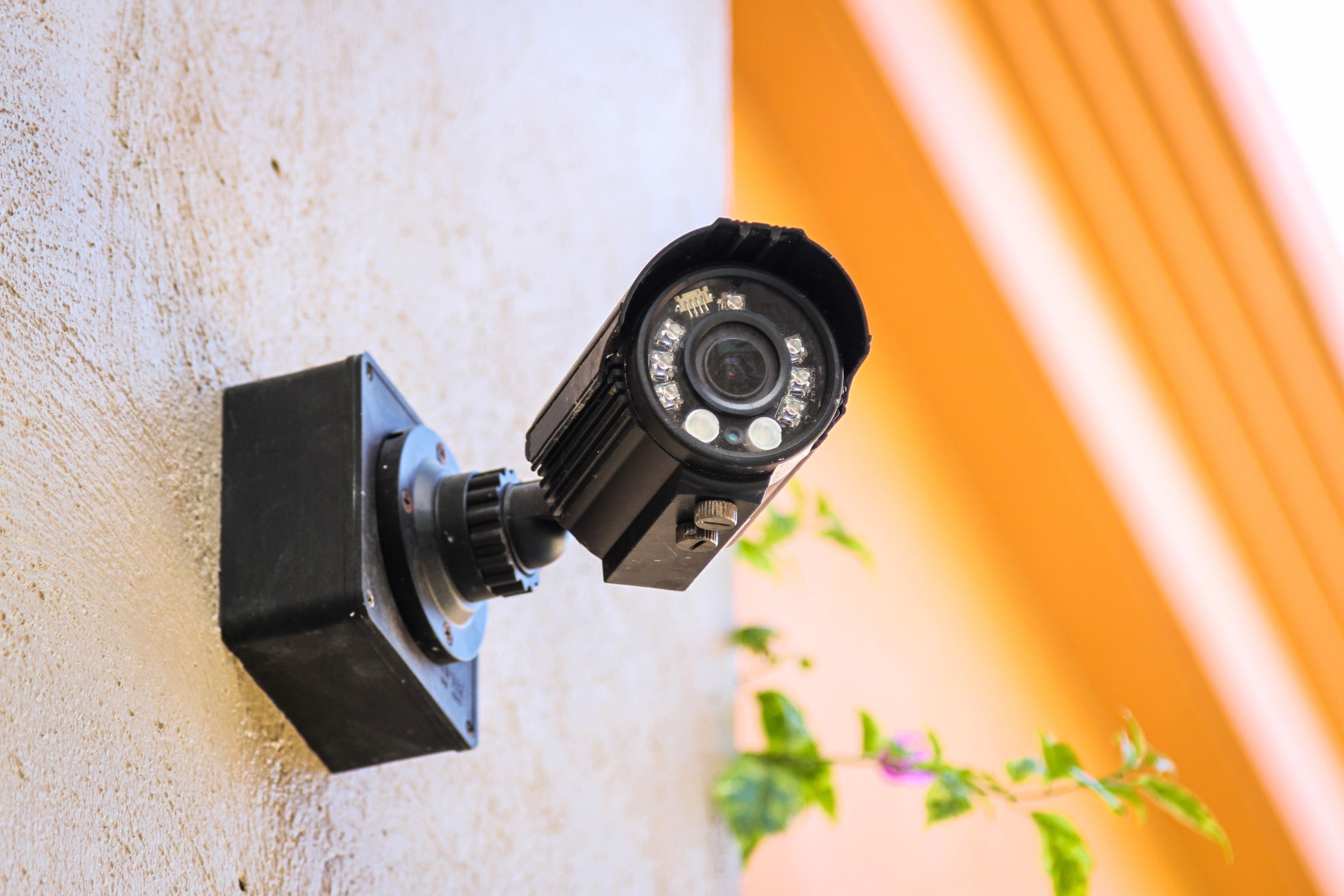
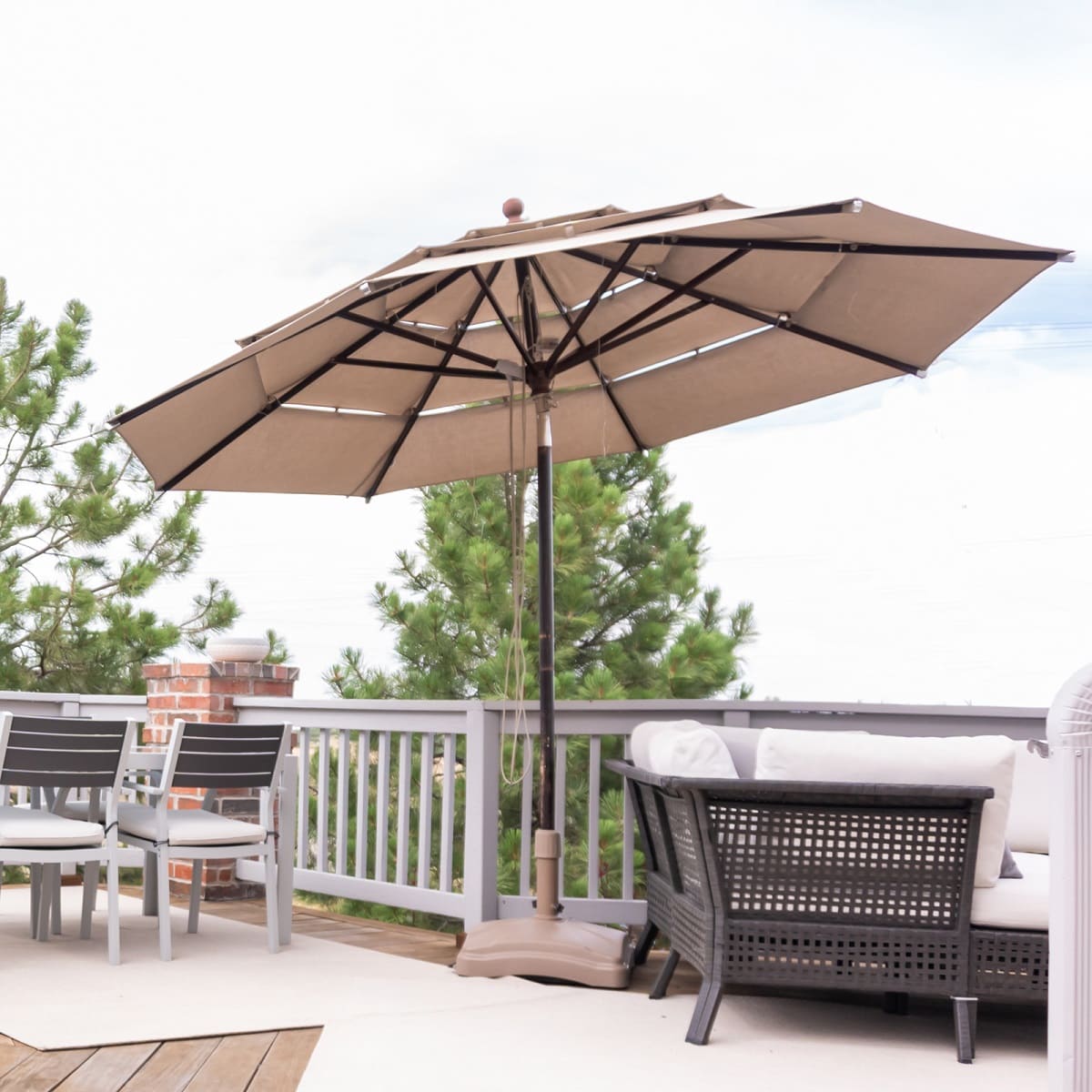
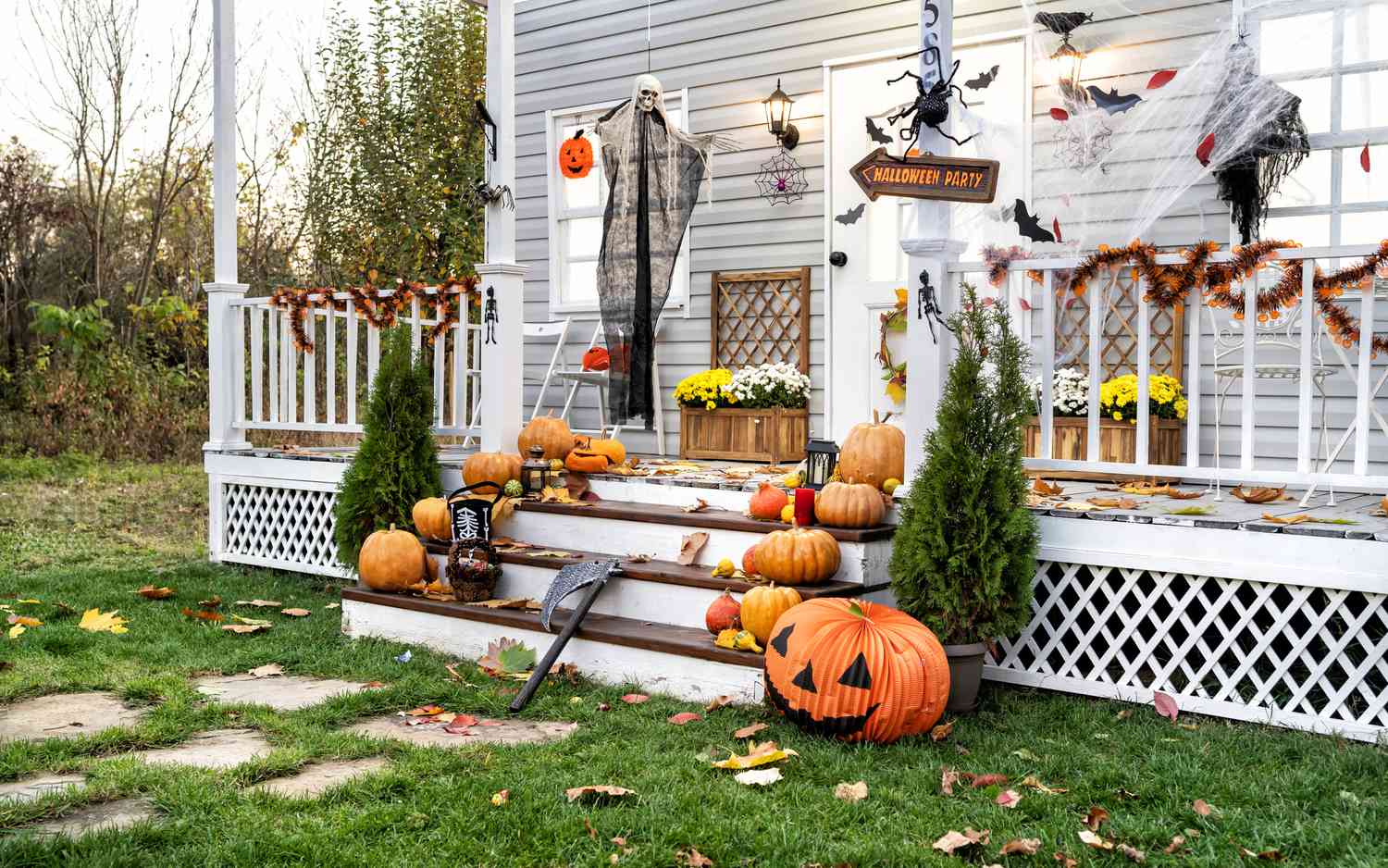
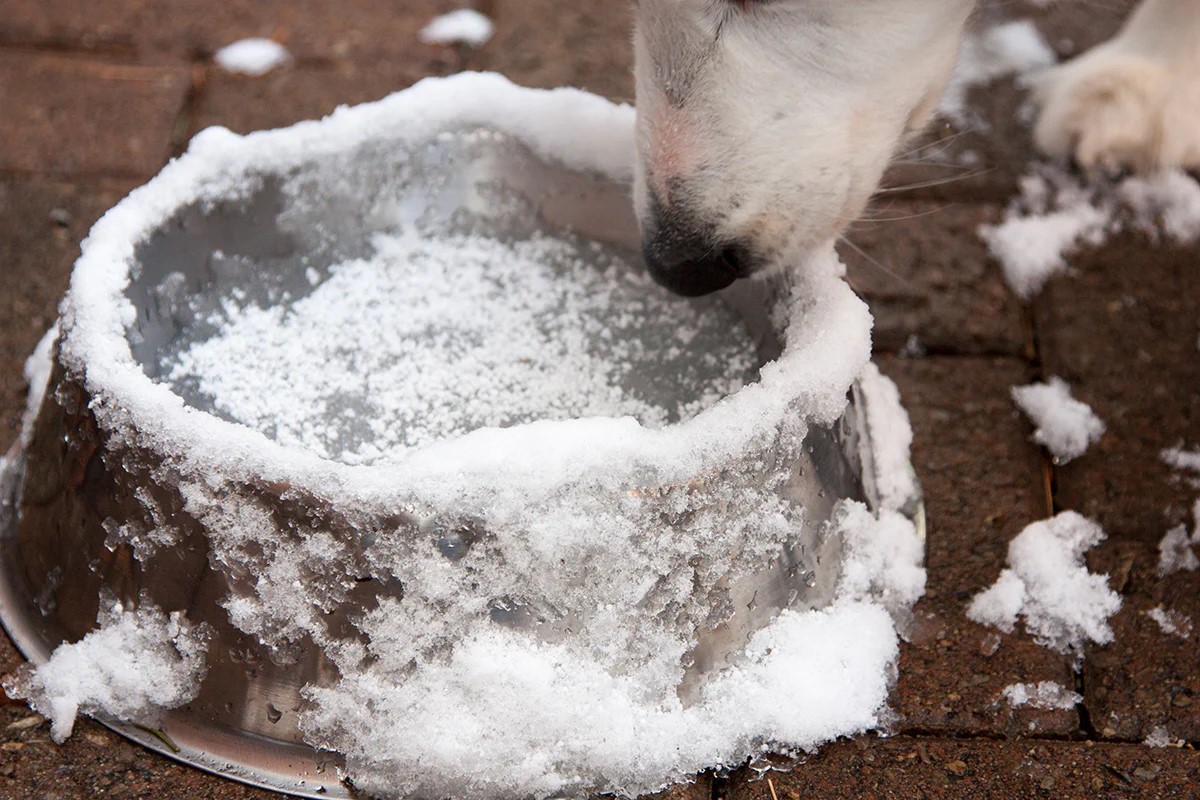
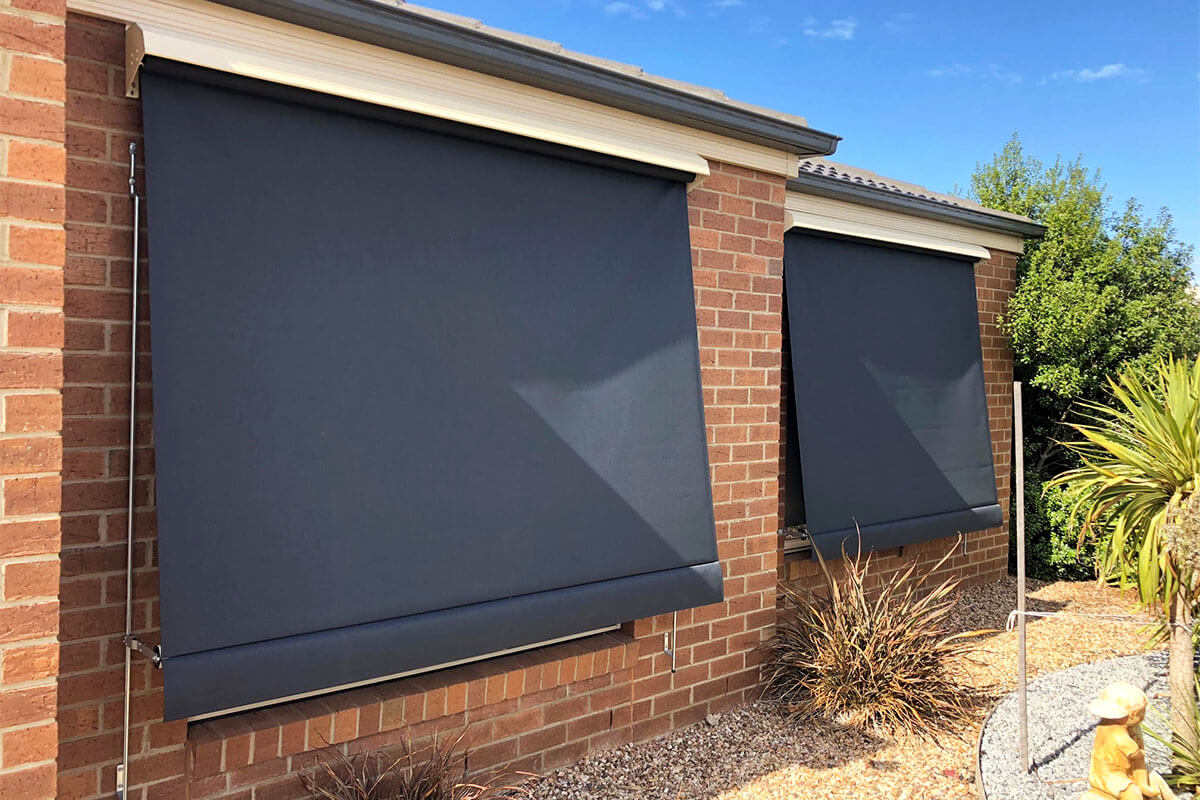
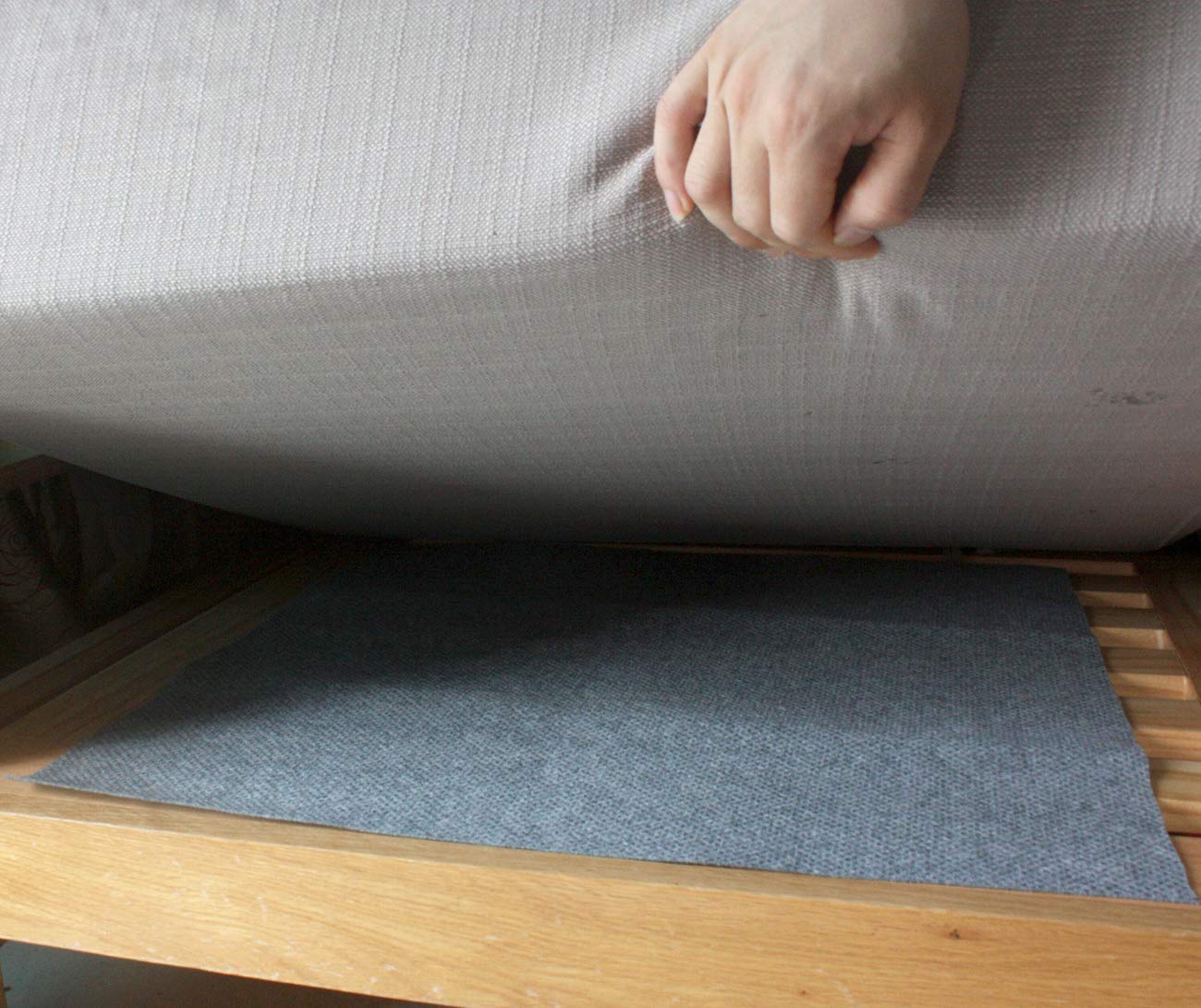
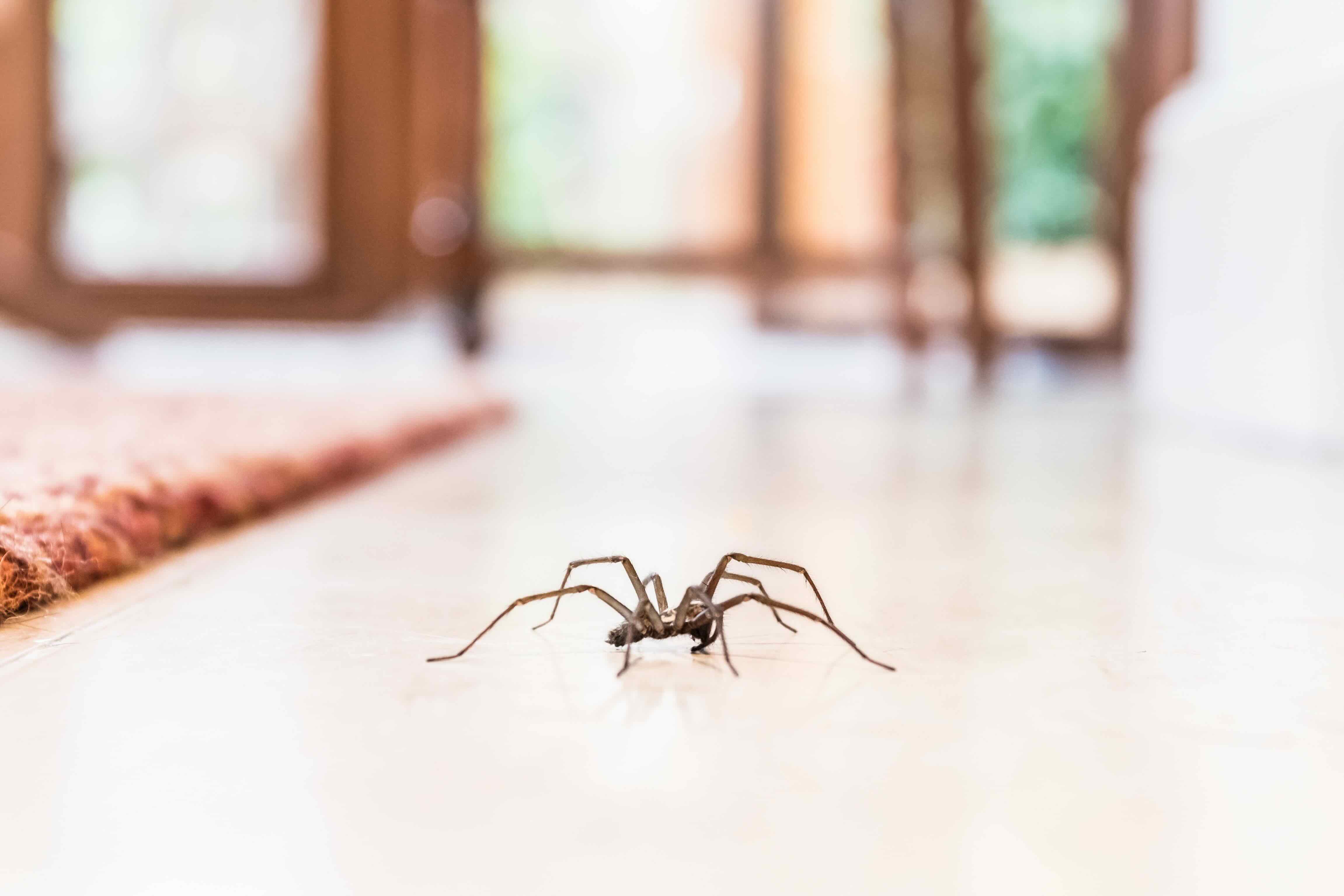
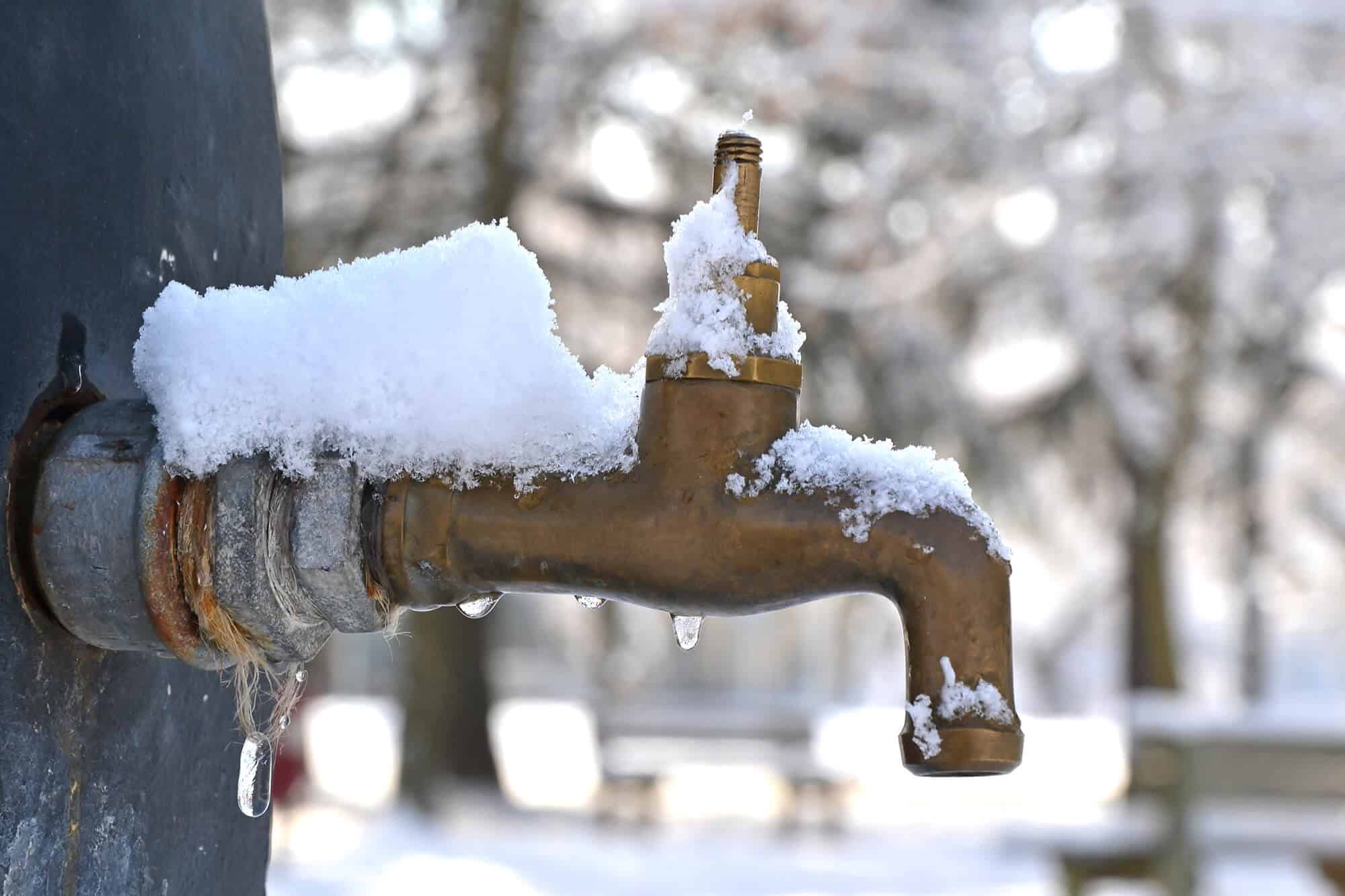
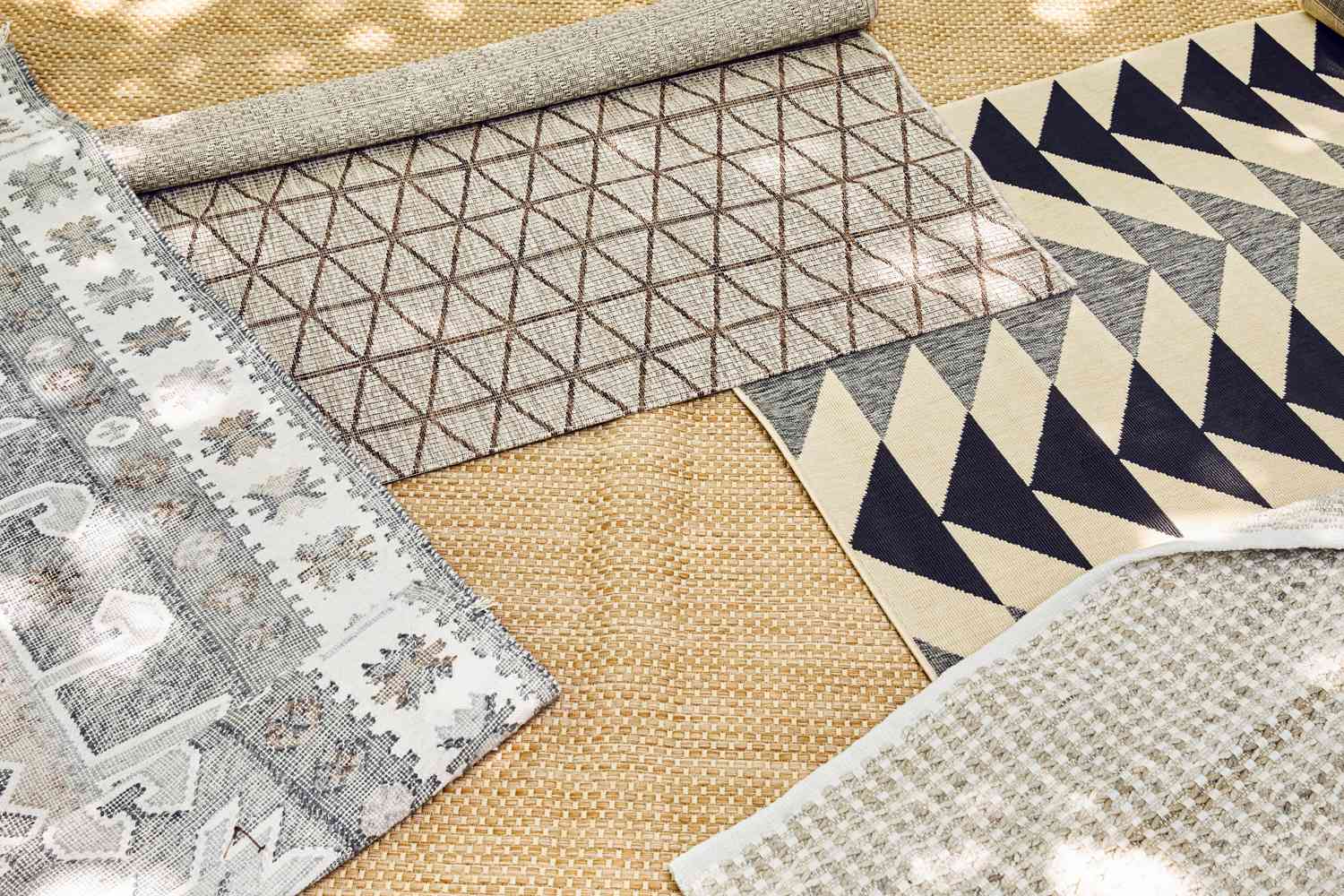

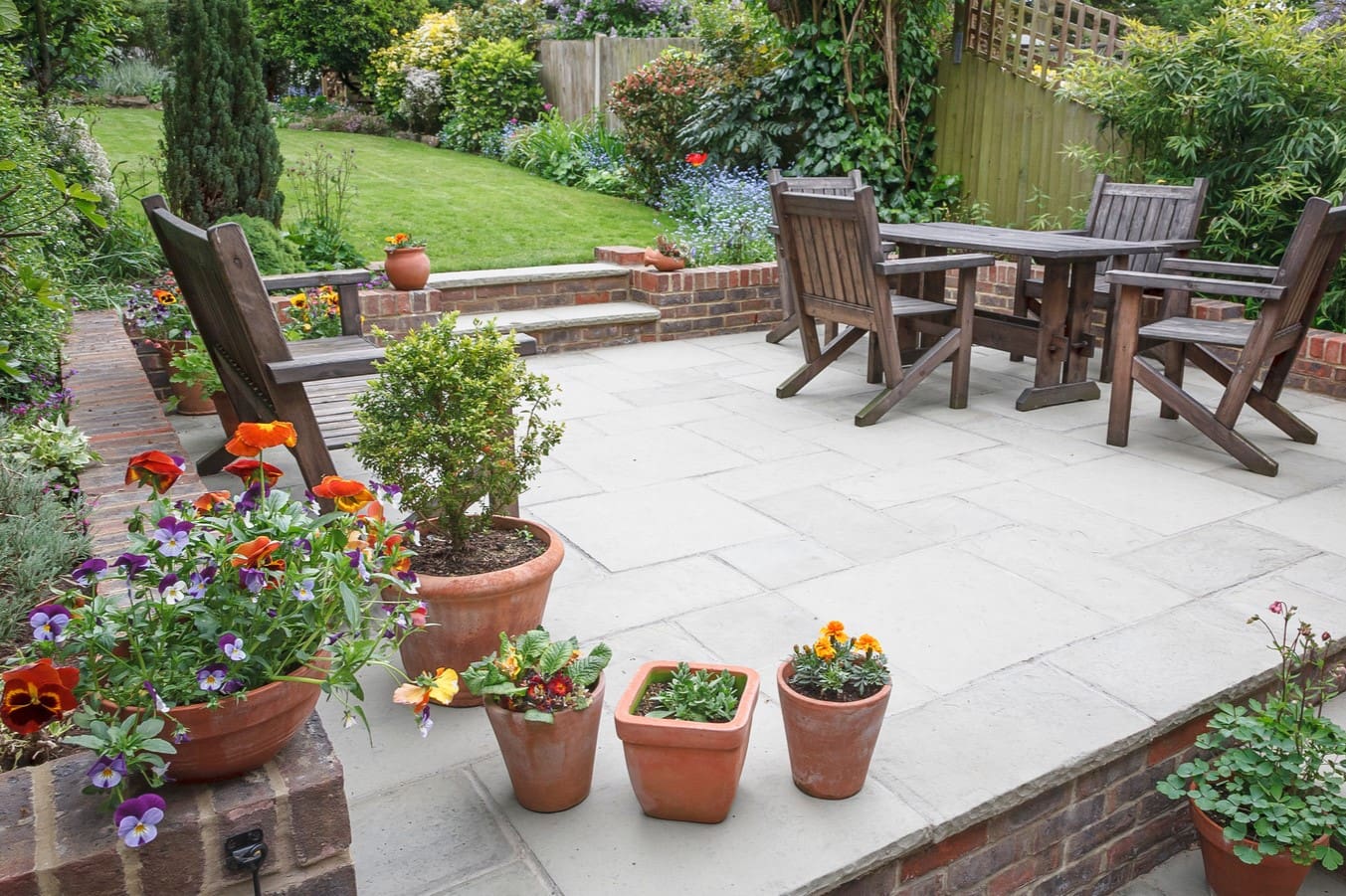
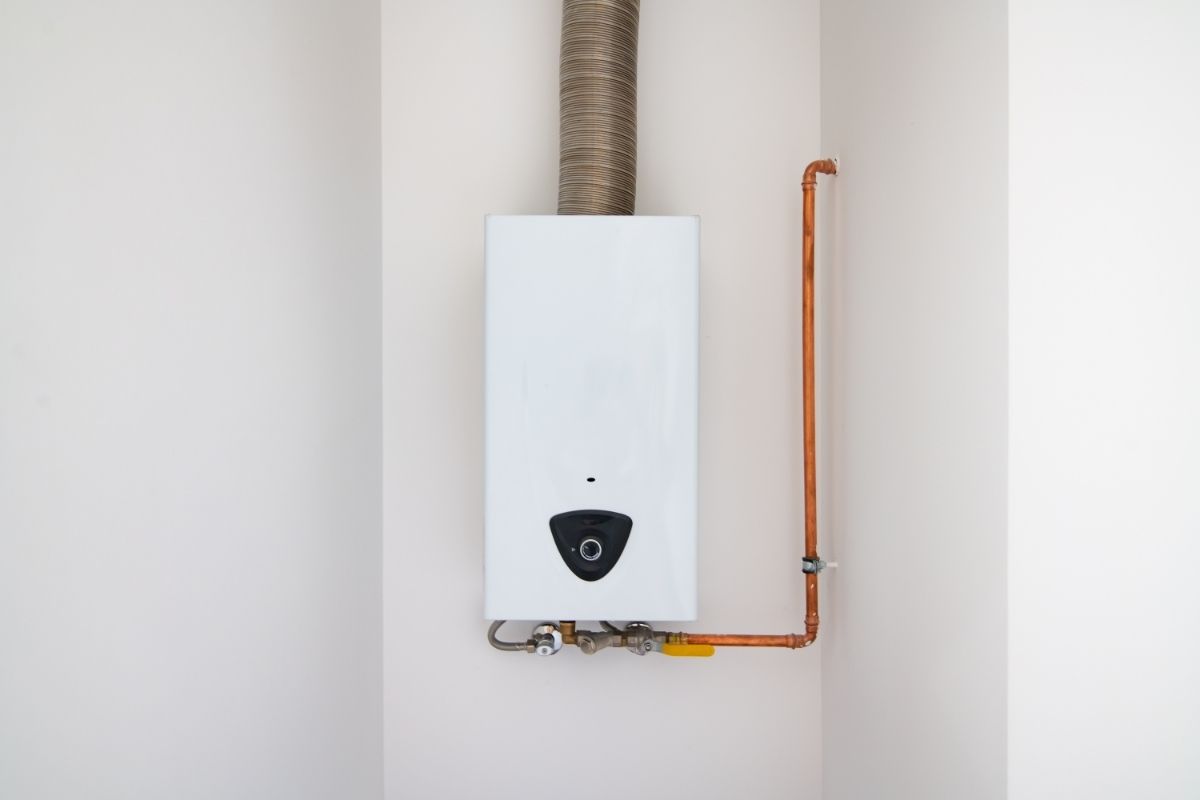
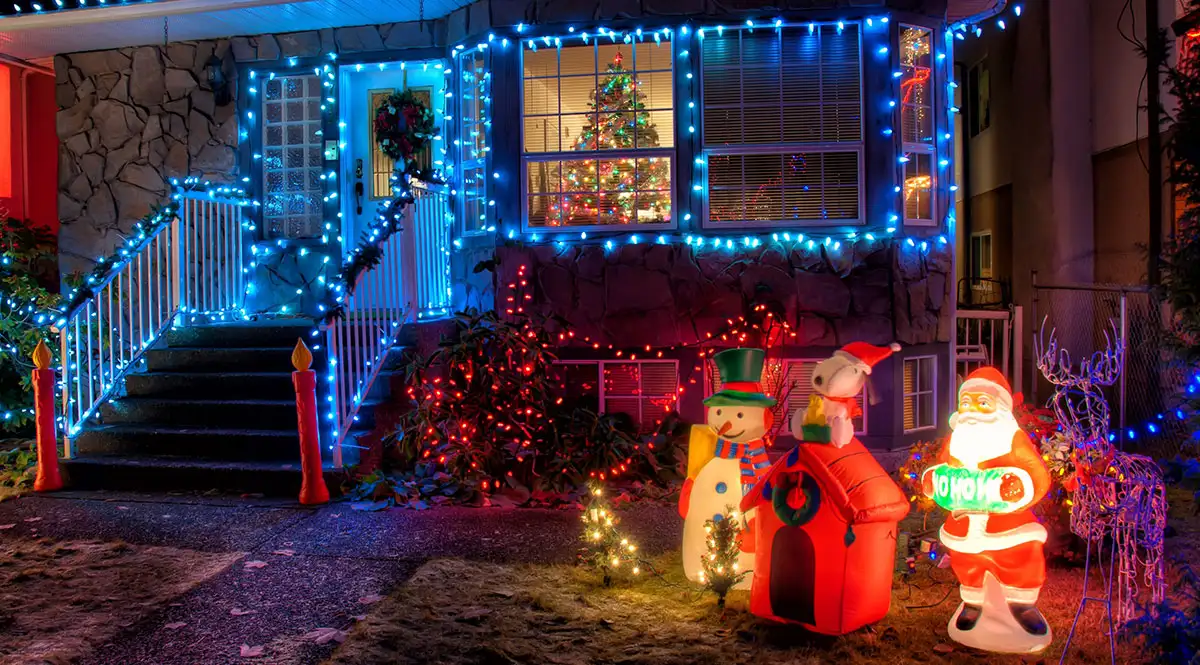

0 thoughts on “How To Keep Outdoor Concrete From Sweating”